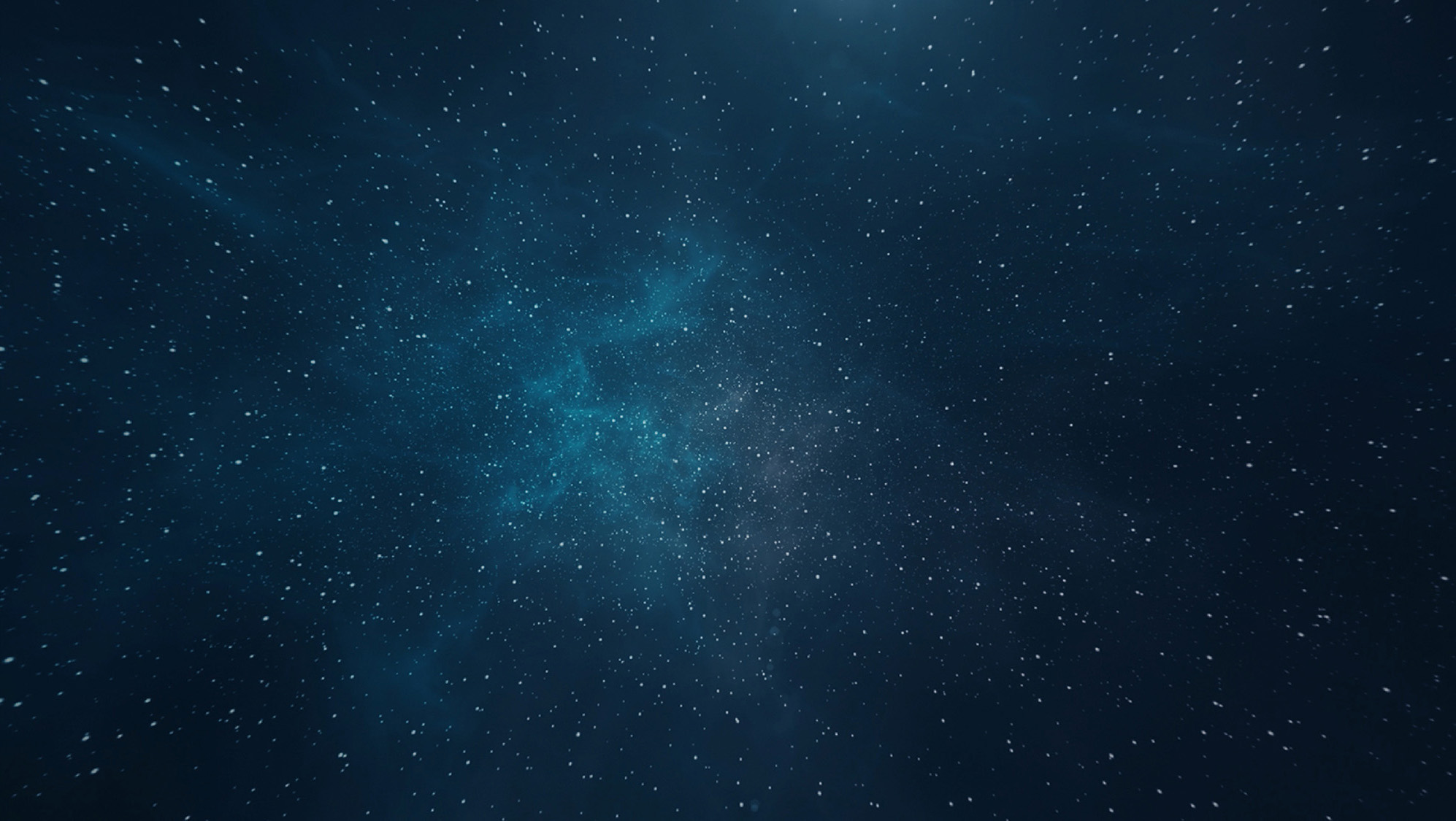Accept all cookies Accept only essential cookies See our Cookie Notice

About ESA
The European Space Agency (ESA) is Europe’s gateway to space. Its mission is to shape the development of Europe’s space capability and ensure that investment in space continues to deliver benefits to the citizens of Europe and the world.
Highlights
ESA - United space in Europe
This is ESA ESA facts Member States & Cooperating States Funding Director General Top management For Member State Delegations European vision European Space Policy ESA & EU Space Councils Responsibility & Sustainability Annual Report Calendar of meetings Corporate newsEstablishments & sites
ESA Headquarters ESA ESTEC ESA ESOC ESA ESRIN ESA EAC ESA ESAC Europe's Spaceport ESA ESEC ESA ECSAT Brussels Office Washington OfficeWorking with ESA
Business with ESA ESA Commercialisation Gateway Law at ESA Careers Cyber resilience at ESA IT at ESA Newsroom Partnerships Merchandising Licence Education Open Space Innovation Platform Integrity and Reporting Administrative Tribunal Health and SafetyMore about ESA
History ESA Historical Archives Exhibitions Publications Art & Culture ESA Merchandise Kids Diversity ESA Brand CentreLatest
Space in Member States
Find out more about space activities in our 23 Member States, and understand how ESA works together with their national agencies, institutions and organisations.
Science & Exploration
Exploring our Solar System and unlocking the secrets of the Universe
Go to topicAstronauts
Missions
Juice Euclid Webb Solar Orbiter BepiColombo Gaia ExoMars Cheops Exoplanet missions More missionsActivities
International Space Station Orion service module Gateway Concordia Caves & Pangaea BenefitsLatest
Space Safety
Protecting life and infrastructure on Earth and in orbit
Go to topicAsteroids
Asteroids and Planetary Defence Asteroid danger explained Flyeye telescope: asteroid detection Hera mission: asteroid deflection Near-Earth Object Coordination CentreSpace junk
About space debris Space debris by the numbers Space Environment Report In space refuelling, refurbishing and removingSafety from space
Clean Space ecodesign Zero Debris Technologies Space for Earth Supporting Sustainable DevelopmentLatest
Applications
Using space to benefit citizens and meet future challenges on Earth
Go to topicObserving the Earth
Observing the Earth Future EO Copernicus Meteorology Space for our climate Satellite missionsCommercialisation
ESA Commercialisation Gateway Open Space Innovation Platform Business Incubation ESA Space SolutionsLatest
Enabling & Support
Making space accessible and developing the technologies for the future
Go to topicBuilding missions
Space Engineering and Technology Test centre Laboratories Concurrent Design Facility Preparing for the future Shaping the Future Discovery and Preparation Advanced Concepts TeamSpace transportation
Space Transportation Ariane Vega Space Rider Future space transportation Boost! Europe's Spaceport Launches from Europe's Spaceport from 2012Latest

Geodetic payloads on GENESIS satellite
Thank you for liking
You have already liked this page, you can only like it once!
Geodetic payloads on the metre-scale GENESIS satellite, today used to fix the position of observing stations:
| Global Navigation Satellite System | Satellite navigation, otherwise known as satnav, is one of the most widely-used geodetic techniques. Positioning of a given site is fixed continuously, using multiple satnav constellations for added accuracy, and over time becomes more and more precise down to millimetre scale, additionally revealing gradual drifts due to Earth movement. |
| Satellite Laser Ranging | This measurement method involves bouncing laser pulses off a retroreflector aboard a satellite, then measuring its two-way travel time to fix the distance the laser light has shone, down to a few millimetres. |
| DORIS receiver | France’s Doppler Orbitography and Radiopositioning Integrated by Satellite or DORIS system has been in operation for the past three decades and has become a standard data source for the ITRF. DORIS signals from satellites are compared to those coming from 60-strong receiver station network spaced across the planet in terms of their ‘Doppler shift’ – rising in frequency upon approach and sinking when moving away – to fix their relative position down to centimetre scale. |
| VLBI | Very Long Baseline Interferometry, or VLBI, began as a radio astronomy technique where observations of celestial objects such as quasars from multiple radio telescopes are combined together precisely to yield resolution equivalent to a single giant telescope. For geodesy the technique can be reversed so that the precise timings of joint observations of celestial targets can derive the exact distance between the sites. An artificial radio source aboard GENESIS will therefore serve as a common target for multiple VLBI stations down on Earth, broadcasting on at least two frequency bands. |
One or more of these instruments, once duly qualified and characterised with the GENESIS mission, could also potentially be flown on future Galileo satellites.
-
CREDIT
ESA -
LICENCE
ESA Standard Licence

Genesis satellite

GENESIS mission patch

Genesis spacecraft in collection mode

Galileo infographic: 'Laser target'















 Germany
Germany
 Austria
Austria
 Belgium
Belgium
 Denmark
Denmark
 Spain
Spain
 Estonia
Estonia
 Finland
Finland
 France
France
 Greece
Greece
 Hungary
Hungary
 Ireland
Ireland
 Italy
Italy
 Luxembourg
Luxembourg
 Norway
Norway
 The Netherlands
The Netherlands
 Poland
Poland
 Portugal
Portugal
 Czechia
Czechia
 Romania
Romania
 United Kingdom
United Kingdom
 Slovenia
Slovenia
 Sweden
Sweden
 Switzerland
Switzerland

























